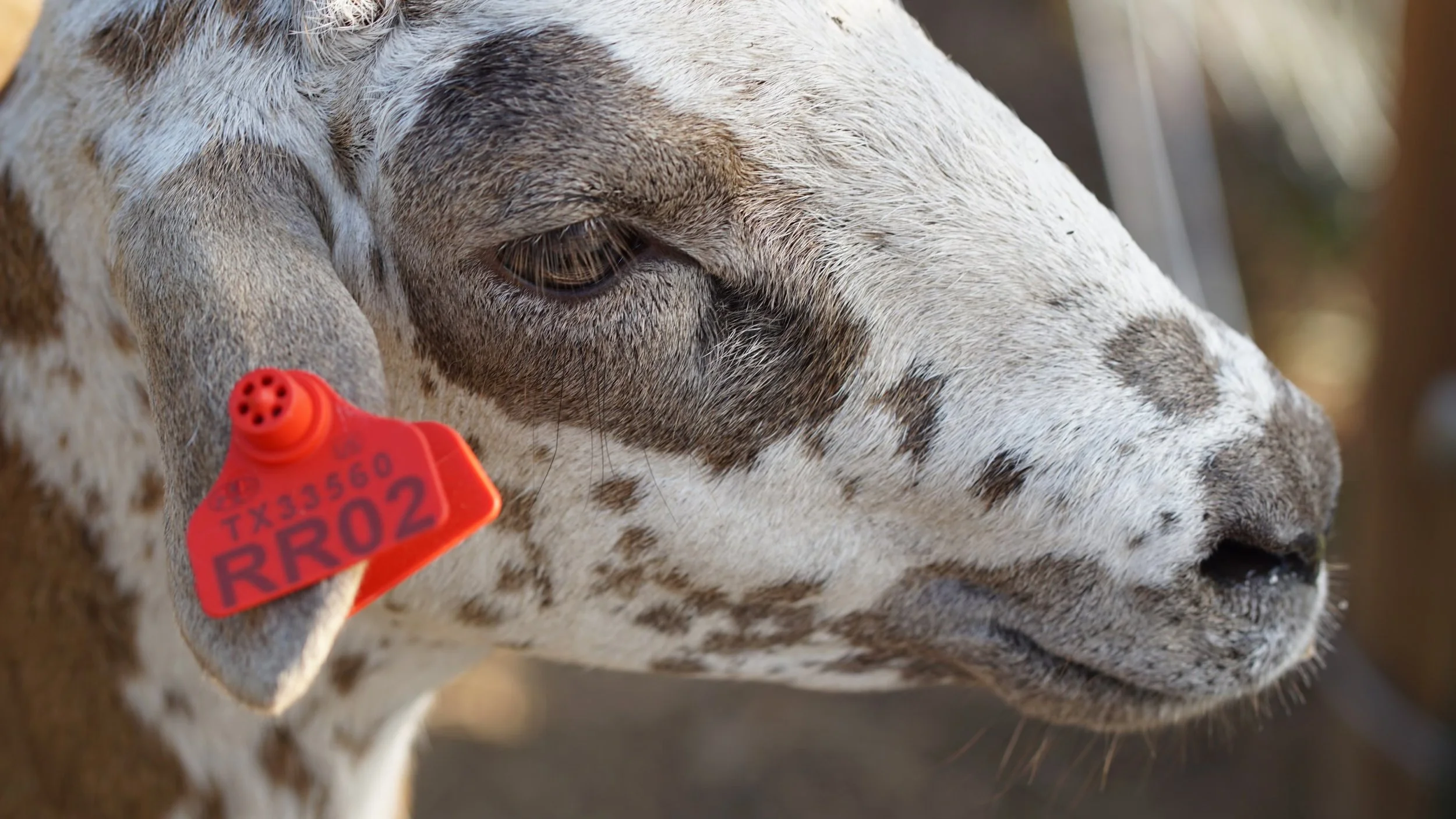Drought Challenges for Texas Sheep Ranchers
Texas sheep ranchers face an uphill battle when it comes to managing their flocks amidst drought conditions, such as the conditions we faced last summer. The Lone Star State's arid climate has been known to push sheep, cattle, pastured livestock markets, and the shepherds and ranchers that care for these animals to the limits. Among the myriad of challenges, two prominent hurdles stand out, especially for us: pasture movement and parasitic infections.
The Pasture Movement Predicament
Drought often translates into diminished pasture resources, forcing sheep ranchers to make tough decisions about when and where to move their herds. Lush grasslands turn into dry, barren patches, leaving ranchers with the daunting task of finding adequate grazing areas. Frequent relocation of sheep becomes essential, as overgrazing a single area exacerbates soil erosion and reduces the land's ability to regenerate.
Balancing pasture availability with flock size requires careful planning and a keen understanding of the land's carrying capacity. Ranchers have to strategize to optimize grazing rotations, allowing pastures time to recover and minimizing the risk of desertification. Despite the logistical intricacies, the well-being of the flock hinges on maintaining a sustainable balance between nourishment and preservation of the land.
There is a rather expensive alternative, which would be to feed straight grain and quarter the sheep in smaller paddocks, but this quickly has a negative effect on the pocketbook, and it also causes the hooves to grow faster. With this increase in hoof growth, trimming becomes more and more of a requirement, and this is no easy task to begin with - let alone in the Texas heat.
The Perilous Parasitic Predicament
As drought persists, sheep become more susceptible to parasitic infections. Stressed by limited water and forage, their immune systems weaken, rendering them more susceptible to parasites such as gastrointestinal worms. These internal parasites thrive in warm, dry conditions, exploiting the weakened resistance of the sheep and potentially leading to severe health issues, including weight loss, anemia, and even death. We’ve lost a few sheep this summer due to parasitic infection, and it’s never an easy thing to deal with. It’s heartbreaking to put in the effort to medicate and try to doctor these sheep to health only to end with the result of a loss of animal units.
Combatting parasitic infections requires a multi-pronged approach. Regular monitoring of sheep health, strategic deworming, and rotational grazing can all help mitigate the risk of parasitic infestations. Maintaining clean water sources and ensuring proper nutrition also play crucial roles in bolstering the sheep's resilience against these insidious invaders.
Drought's impact on Texas sheep ranchers goes beyond the surface, delving into the intricate dance of pasture management and parasite prevention. Adaptability, meticulous planning, and a deep understanding of the land's ecology are imperative in navigating these challenges. As climate patterns continue to shift, ranchers must remain vigilant and innovative in their efforts to safeguard their flocks and the land they depend upon.


